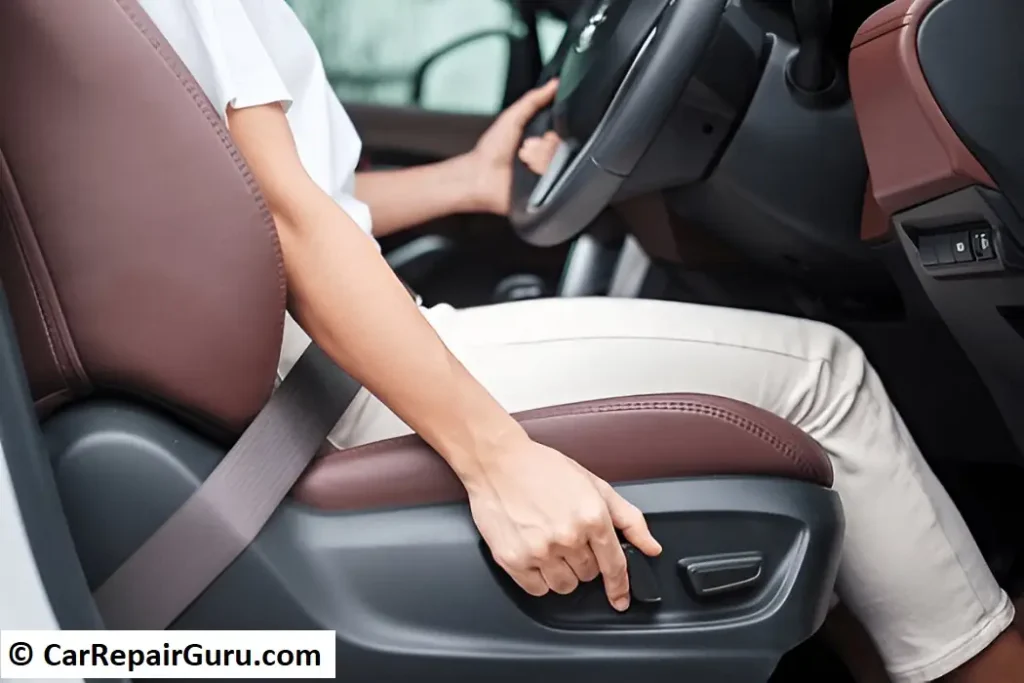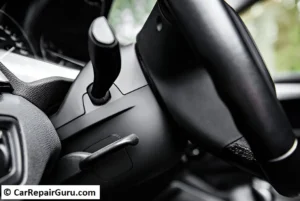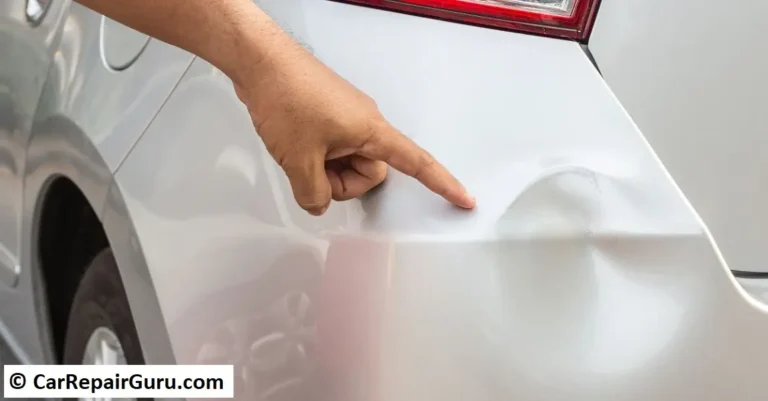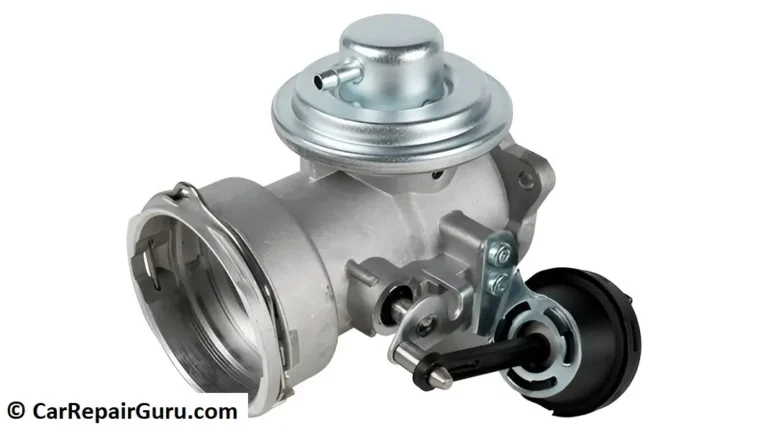
Have you ever felt uncomfortable or fatigued while driving, even on short trips? Or maybe you’ve struggled with visibility issues that made merging or parking a challenge? If so, the problem might not be your car—it’s how you’ve adjusted it.
Making the right car driving adjustments isn’t just about comfort—it’s a crucial factor in safety, control, and driving efficiency. Whether you’re commuting daily or heading out on a long road trip, improper seat positioning, poorly adjusted mirrors, or an awkward steering wheel angle can lead to discomfort, reduced reaction time, and even accidents.
Key Adjustments for Safer and More Comfortable Driving
To optimize your driving experience, it’s essential to adjust:
✔ Seat position – Ensuring proper height, distance, and lumbar support can prevent back pain and improve control.
✔ Mirrors – Correctly setting your rearview and side mirrors helps eliminate blind spots and enhances situational awareness.
✔ Steering wheel – Finding the right height and angle reduces strain on your arms and shoulders while improving handling.
✔ Headrest positioning – A well-positioned headrest minimizes the risk of whiplash in case of sudden braking or collisions.
Many drivers overlook these simple but essential car driving adjustments, assuming their factory settings are good enough. However, customizing your driving position to fit your body and driving habits can drastically enhance both safety and comfort. In the following sections, we’ll break down each adjustment step-by-step to ensure you drive at your best.
Seat Positioning: The Foundation of a Proper Driving Posture
Your driving posture affects not only your comfort but also your reaction time, control over the vehicle, and overall safety. A poorly adjusted seat can lead to muscle fatigue, back pain, and even difficulty reaching the pedals or steering wheel properly. By optimizing seat height, distance, backrest angle, and lumbar support, you can enhance both your driving experience and long-term health.
Adjusting Seat Height and Distance
The right seat height and distance ensure that you maintain a clear view of the road while staying close enough to the pedals and steering wheel for maximum control. Follow these steps to find the optimal position:
✅ Seat Height: Adjust the seat so your hips are slightly above your knees, allowing for better circulation and posture. You should have a clear, unobstructed view of the dashboard and the road ahead.
✅ Seat Distance: When pressing the brake or clutch pedal fully, your knees should remain slightly bent—not locked or overstretched. This helps maintain control and prevents leg fatigue.
✅ Headroom Consideration: Ensure there’s at least a two-finger gap between your head and the car’s roof to reduce impact risk in case of sudden braking or accidents.
Why it matters: An improper seat position can lead to slow reaction times, poor visibility, and increased strain on your legs and back. Small adjustments can make a big difference in both comfort and driving efficiency.
Backrest and Lumbar Support
A correctly positioned backrest is essential for maintaining a natural spine curve and preventing back pain, especially on long drives.
✅ Backrest Angle: Adjust the seatback to a 100–110-degree recline. Sitting too upright can cause pressure on your lower back, while reclining too far reduces control over the vehicle.
✅ Lumbar Support: If your car has adjustable lumbar support, position it so it fills the gap in the natural curve of your lower back. If your car lacks this feature, consider a lumbar support cushion to maintain proper posture.
✅ Shoulder Positioning: Your shoulders should rest comfortably against the seat without needing to lean forward while steering. This prevents neck and upper back strain.
Why it matters: Poor lumbar support and incorrect backrest angles contribute to driver fatigue, making long drives uncomfortable and increasing the risk of muscle strain. Taking a few minutes to properly adjust your seat positioning ensures a more comfortable, safer driving experience.
Steering Wheel Adjustment: Improving Control and Reducing Fatigue

A well-adjusted steering wheel is essential for maintaining precise control, reducing arm strain, and ensuring a comfortable driving posture. Many drivers overlook this adjustment, but a poorly positioned steering wheel can lead to fatigue, poor maneuverability, and even safety risks. By setting the right distance, angle, height, and tilt, you can enhance your driving experience while minimizing discomfort.
Distance and Angle
✅ Optimal Distance: Sit back in your seat and stretch your arms toward the steering wheel. Your wrists should rest on top of the steering wheel rim when your arms are fully extended. This ensures that when gripping the wheel, your elbows remain slightly bent, allowing for better steering control and reduced muscle strain.
✅ Proper Angle: The steering wheel should be positioned so your hands are at a natural, relaxed level when holding it at the 9 and 3 o’clock positions. Avoid tilting it too far forward or backward, as this can cause discomfort and limit control.
✅ Airbag Safety: There should be at least 10 inches (25 cm) between your chest and the steering wheel to reduce injury risk if the airbag deploys.
Why it matters: A steering wheel that’s too far or too close can lead to quick fatigue, poor reaction times, and limited maneuverability. Adjusting the distance and angle allows for better responsiveness and a more comfortable drive.
Height and Tilt
✅ Clear Dashboard View: Adjust the height of the steering wheel so that you have a full, unobstructed view of the dashboard and instrument cluster. A wheel that’s too high can cause shoulder strain, while one that’s too low can limit visibility.
✅ Tilt for Comfort: The wheel should be angled toward your chest, not your face or stomach. This positioning allows for better steering control and ergonomic hand placement.
Why it matters: A properly adjusted steering wheel reduces arm and shoulder fatigue, enhances visibility, and improves driving precision. Small tweaks can make a big difference in comfort and safety on the road.
Mirror Setup: Eliminating Blind Spots and Enhancing Visibility
Proper mirror adjustment is crucial for safe driving, as it enhances road awareness, minimizes blind spots, and reduces the need for excessive head movement. Many drivers unknowingly set their mirrors incorrectly, which can create dangerous blind spots and limit visibility. By properly adjusting both the rearview and side mirrors, you can significantly improve your ability to monitor surrounding traffic and react quickly to potential hazards.
Rearview Mirror: The Center of Your View
✅ Positioning: Adjust the rearview mirror so it provides a full, unobstructed view of the rear window without tilting your head. You should be able to see as much of the road behind you as possible without needing to move your eyes excessively.
✅ Minimize Distractions: Ensure the mirror reflects only the rear windshield and not the car’s interior (e.g., backseat passengers or the ceiling). This keeps your focus on the road.
✅ Anti-Glare Mode: If your mirror has a night mode (manual or auto-dimming feature), use it to reduce glare from headlights at night.
Why it matters: A correctly adjusted rearview mirror allows you to monitor traffic directly behind you, making lane changes, merging, and reversing safer.
Side Mirrors: Expanding Your Field of Vision
✅ Reduce Blind Spots: Unlike common practice, your side mirrors should not show your car’s sides. Instead, adjust them outward so that they barely reflect the edge of your vehicle. This maximizes your view of adjacent lanes.
✅ Proper Angle: While sitting in your normal driving position, adjust the left mirror so that it reflects the road behind you with a slight view of your vehicle’s side. Repeat the same for the right mirror.
✅ Test the Coverage: A passing car should first appear in your side mirror before leaving the rearview mirror’s frame, ensuring continuous visibility.
Why it matters: Proper side mirror adjustments eliminate blind spots and allow for safer lane changes, better situational awareness, and reduced neck strain from excessive head-turning.
Now that your mirrors are set for maximum visibility, let’s move on to headrest positioning to improve safety and prevent injuries.
Headrest Positioning: Preventing Neck Injuries
Many drivers overlook the importance of a properly adjusted headrest, but it plays a crucial role in preventing whiplash injuries during sudden stops or collisions. A well-positioned headrest supports the head and neck, reducing the risk of severe injuries, especially in rear-end accidents.
Height and Distance for Optimal Protection
✅ Proper Height: The top of the headrest should be aligned with the top of your head or at least eye level. If it’s too low, it won’t provide sufficient protection during a rear impact.
✅ Ideal Distance: The headrest should be positioned 2–3 cm (about an inch) away from the back of your head when sitting in a relaxed driving position. If it’s too far back, your head will snap backward in a crash, increasing the risk of whiplash.
✅ Tilt Adjustment: Some vehicles allow tilting the headrest forward. Adjust it so that it supports the natural curve of your neck without pushing your head too far forward, which could cause discomfort over time.
Why it matters: A poorly adjusted headrest can increase the risk of serious neck and spinal injuries in the event of a sudden stop or crash. Taking a moment to adjust it properly can make a huge difference in your safety and comfort while driving.
With your headrest correctly set, the next step is fine-tuning climate and lighting settings to create a safer and more comfortable driving environment.
Advanced Driver Assistance Systems (ADAS): Maximizing Modern Safety Features

Modern vehicles come equipped with Advanced Driver Assistance Systems (ADAS) designed to enhance safety, convenience, and driving precision. These features assist drivers in avoiding collisions, maintaining lane discipline, and reducing fatigue, making every drive safer and more efficient. However, to maximize their benefits, drivers must understand how these systems work and ensure they are properly maintained.
Understanding ADAS Functions
ADAS includes a range of intelligent safety features that help prevent accidents and improve driver awareness. Some of the most important systems include:
✅ Adaptive Cruise Control (ACC): Automatically adjusts your speed to maintain a safe following distance from the vehicle ahead, reducing the need for manual speed adjustments.
✅ Lane-Keeping Assist (LKA): Detects lane markings and gently steers the car back into its lane if it starts to drift unintentionally.
✅ Blind-Spot Monitoring (BSM): Alerts drivers when another vehicle is in their blind spot, helping to prevent collisions during lane changes.
✅ Automatic Emergency Braking (AEB): Detects an imminent collision and applies the brakes if the driver does not react in time.
✅ Traffic Sign Recognition: Reads road signs and displays relevant speed limits or warnings on the dashboard.
Why it matters: These systems enhance situational awareness, reduce driver fatigue, and significantly lower accident risks, but they require proper maintenance and understanding to function optimally.
Proper Usage and Adjustments
For ADAS features to work correctly, follow these best practices:
✅ Keep Sensors & Cameras Clean: ADAS relies on cameras, radar, and LiDAR sensors. Dirt, snow, or debris can obstruct their view, leading to inaccurate readings. Regularly clean these components, especially after bad weather.
✅ Ensure Proper Alignment: Any changes to your vehicle’s windshield, bumper, or mirrors (where many sensors are housed) may require ADAS recalibration. Visit a professional if you notice inconsistencies in system alerts.
✅ Understand System Limitations: ADAS is designed to assist, not replace, driver responsibility. Always stay alert and avoid over-relying on automation.
✅ Customize Settings: Many ADAS features allow sensitivity adjustments to match your driving style. Explore your car’s settings to find the right balance between comfort and responsiveness.
Why it matters: Keeping ADAS systems properly maintained and adjusted ensures they function as intended, providing maximum safety benefits without unexpected failures or false alerts.
Climate Control and Ergonomics: Ensuring Comfort on the Road
Maintaining the right climate settings inside your car is essential for driver focus, comfort, and safety. Extreme temperatures can cause fatigue, sluggish reactions, and even discomfort that distracts from the road. By properly adjusting temperature settings, seat heaters, and steering wheel warmers, you can create an optimal driving environment, no matter the season.
Temperature Settings: Preventing Fatigue and Enhancing Comfort
✅ Ideal Temperature Range: Set the cabin temperature between 68–72°F (20–22°C) to maintain alertness and comfort. Extreme heat can cause drowsiness, while excessive cold can lead to stiffness and discomfort.
✅ Use Air Conditioning Wisely: In warm weather, avoid blasting cold air directly at your face, as it can cause dry eyes and discomfort. Instead, direct airflow toward the windshield and upper cabin area for even distribution.
✅ Ventilation Matters: Use the recirculation mode sparingly to prevent air from becoming stale, which can reduce oxygen levels and cause fatigue. Allowing some fresh air circulation improves alertness.
Why it matters: Proper climate control ensures a comfortable driving experience, reducing the chances of drowsiness, overheating, or discomfort-induced distractions.
Seat and Steering Wheel Heaters: Staying Warm in Cold Weather
✅ Seat Warmers for Comfort: In cold weather, heated seats help maintain body warmth without the need for excessive cabin heating, which can cause drowsiness. Use moderate settings to stay comfortable.
✅ Heated Steering Wheel for Dexterity: Cold hands can affect your grip and reaction time. A heated steering wheel keeps your fingers warm and flexible, ensuring better control over the vehicle.
✅ Gradual Adjustments: Avoid keeping seat and steering heaters on for too long, as excessive heat can cause discomfort or dryness. Adjust based on personal preference.
Why it matters: These features improve circulation, reduce stiffness, and enhance driver control, making winter driving safer and more comfortable.
Conclusion: Regularly Reviewing and Adjusting Settings
Proper car driving adjustments are not a one-time task—they require regular review and fine-tuning to ensure maximum safety, comfort, and control. Over time, your driving habits, physical posture, and even road conditions may change, making it essential to periodically reassess your seat position, mirrors, steering wheel, and ADAS settings.
Why Regular Adjustments Matter
✅ Enhanced Safety: A properly adjusted driving position reduces the risk of fatigue, blind spots, and improper control, helping prevent accidents.
✅ Improved Comfort: Small changes to seat posture, climate settings, and steering position can make long drives significantly more comfortable and reduce strain on your body.
✅ Optimized Vehicle Features: Modern cars come equipped with advanced safety and convenience features. Regularly checking and adjusting ADAS systems, headrest position, and mirror angles ensures you’re getting the full benefits of your car’s technology.
Stay Informed, Stay Safe
As vehicle technology evolves, new ergonomic and safety advancements become available. Take the time to read your car’s manual, explore new features, and stay updated on best practices for car driving adjustments.
By making small but impactful adjustments, you can enjoy a safer, smoother, and more comfortable driving experience—every time you hit the road. 🚗
Car Driving Adjustments FAQ:
Q1: Why are car driving adjustments important?
A: Proper car driving adjustments enhance safety, improve comfort, and reduce the risk of fatigue and injuries.
Q2: How should I adjust my car seat for optimal driving posture?
A: Adjust the seat height so your hips are slightly above your knees, position the backrest to support your spine, and maintain a comfortable distance from the pedals.
Q3: How can I eliminate blind spots with mirror adjustments?
A: Angle your side mirrors outward to see more of the adjacent lanes and less of your car, reducing blind spots.
Q4: What is the best steering wheel position for safe driving?
A: Keep the steering wheel at a comfortable distance with a slight bend in your elbows and adjust the tilt to maintain a clear view of the dashboard.
Q5: How often should I check and readjust my driving settings?
A: Regularly check your car driving adjustments, especially before long trips, to ensure optimal positioning for safety and comfort.






